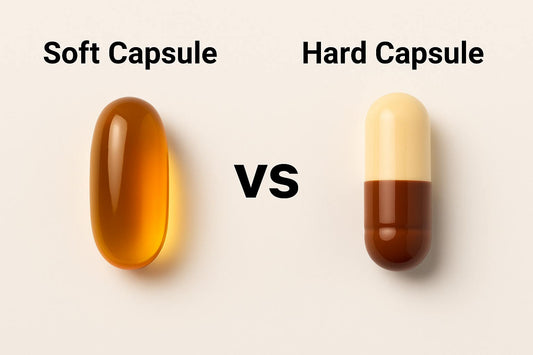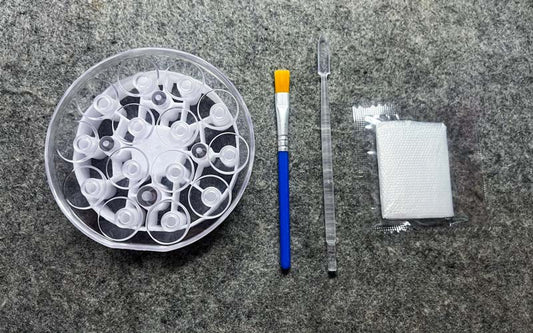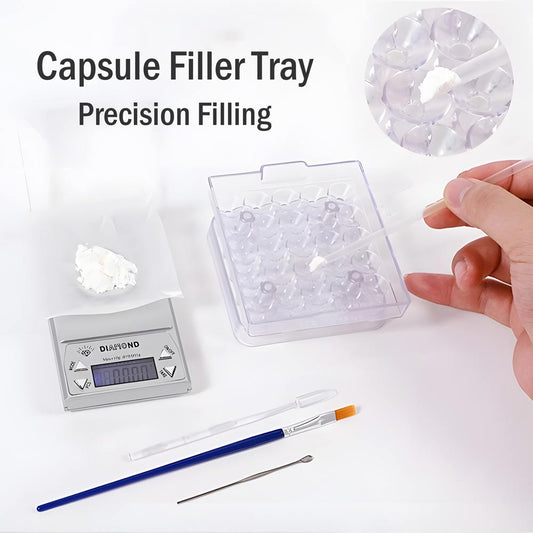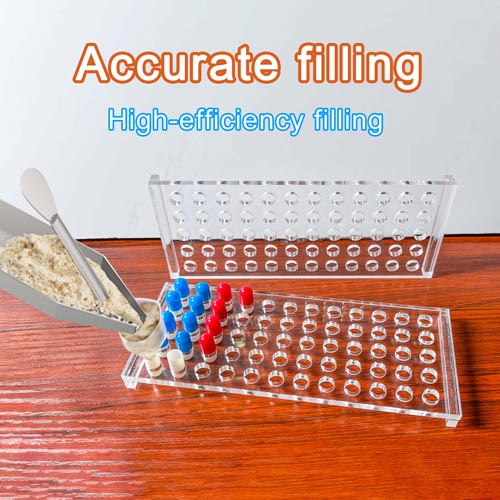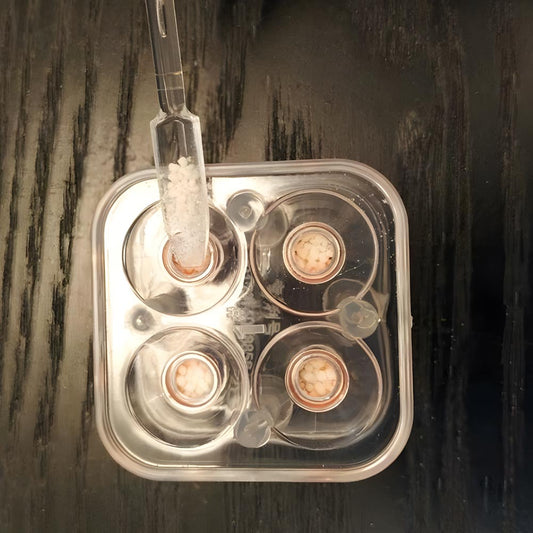How to Take Chinese Medicine Capsules Correctly – Avoid This Common Mistake
Share
Some proprietary Chinese medicine capsules are large, especially for the elderly who may have difficulty swallowing. Many choose to break open the capsule and consume the powder, but this is actually the wrong way to take the medicine. ❗

So, how do you take capsules correctly? This article will help you understand.
💊 Drug Capsule Classification
The shell of most drug capsules is made from gelatin, extracted from animal skin, bones, and tendons. It’s non-toxic, harmless to the human body, and generally safe to consume. Capsules help mask bitterness and odor, which is especially important for those sensitive to taste or smell. Opening the capsule and consuming the powder directly often leads to discomfort or poor compliance.
📦 For those interested in DIY capsule filling, check out our full capsule filling kit options:
25-Hole Manual Capsule Filling Machine (Size 00/0/1/2)
1. Hard Capsules
Hard capsules are made by filling hollow gelatin shells with uniform powders, granules, or liquids. Examples include bifidobacterium capsules and blood clotting capsules.
👉 Learn how to fill empty pill capsules with this tutorial using our manual capsule filling machine.
2. Soft Capsules (Softgels)
These contain a liquid or semi-solid drug suspended inside a flexible shell, like vitamin A gel pills or Huoxiang Zhengqi soft capsules.
3. Enteric-Coated Capsules
Designed to dissolve only in the alkaline intestinal fluid, protecting the stomach lining and preserving the drug’s effect. Examples: rabeprazole sodium and diclofenac sodium capsules.
💡 Do not open enteric-coated capsules — it ruins their effectiveness.
4. Microcapsules
These are tiny capsules (1–500 microns) made from polymers. They help with prolonged release and reduce side effects. Includes sustained-release and controlled-release types.
⚠️ Opening such capsules destroys the slow-release function.
5. Extended-Release Capsules
These release medicine slowly over time. Example: ibuprofen sustained-release capsules.
6. Controlled-Release Capsules
These maintain a steady release rate of the drug. Examples: nifedipine and diltiozepine hydrochloride capsules.
🧴 How to Take and Store Capsules
📌 How do I take capsules?
- Wash hands and prepare 100–200ml of warm water.
- Sit or stand upright.
- Take a sip of water first to moisten your throat.
- Place the capsule in your mouth, sip again, and swallow without tilting your head too far.
- Drink the remaining water.

💬 Want to fill your own capsules at home? Explore our:
📦 How do I store capsules?
Capsules should be stored in a cool, dry place (10°C–25°C, 40%–60% humidity). Avoid high heat and moisture, which causes softening or clumping. Avoid excessive dryness, which causes brittleness.
✅ Keep capsules in their original packaging in a sealed container.
🔧 Recommended Capsule DIY Tools
- ✔️ 2-Pack Capsule Filler Tray – All Sizes
- ✔️ 14-Hole Capsule Tray for Sizes 3-4
- ✔️ 25-Hole Manual Capsule Machine – Size 00/0/1/2
- ✔️ 16-Hole Capsule Filler – Size 0
- ✔️ 14-Hole Tray – Sizes 1-2
📚 Related Keywords:
#howtofillyourowncapsules #capsulefillingmachine #manualcapsulefillingmachine #capsulefillingkit #pillcapsulefiller #00capsulefillingtray #diycapsulefilling #herbalcapsulefiller #capsulemachinecanada #capsulefillingtutorial



